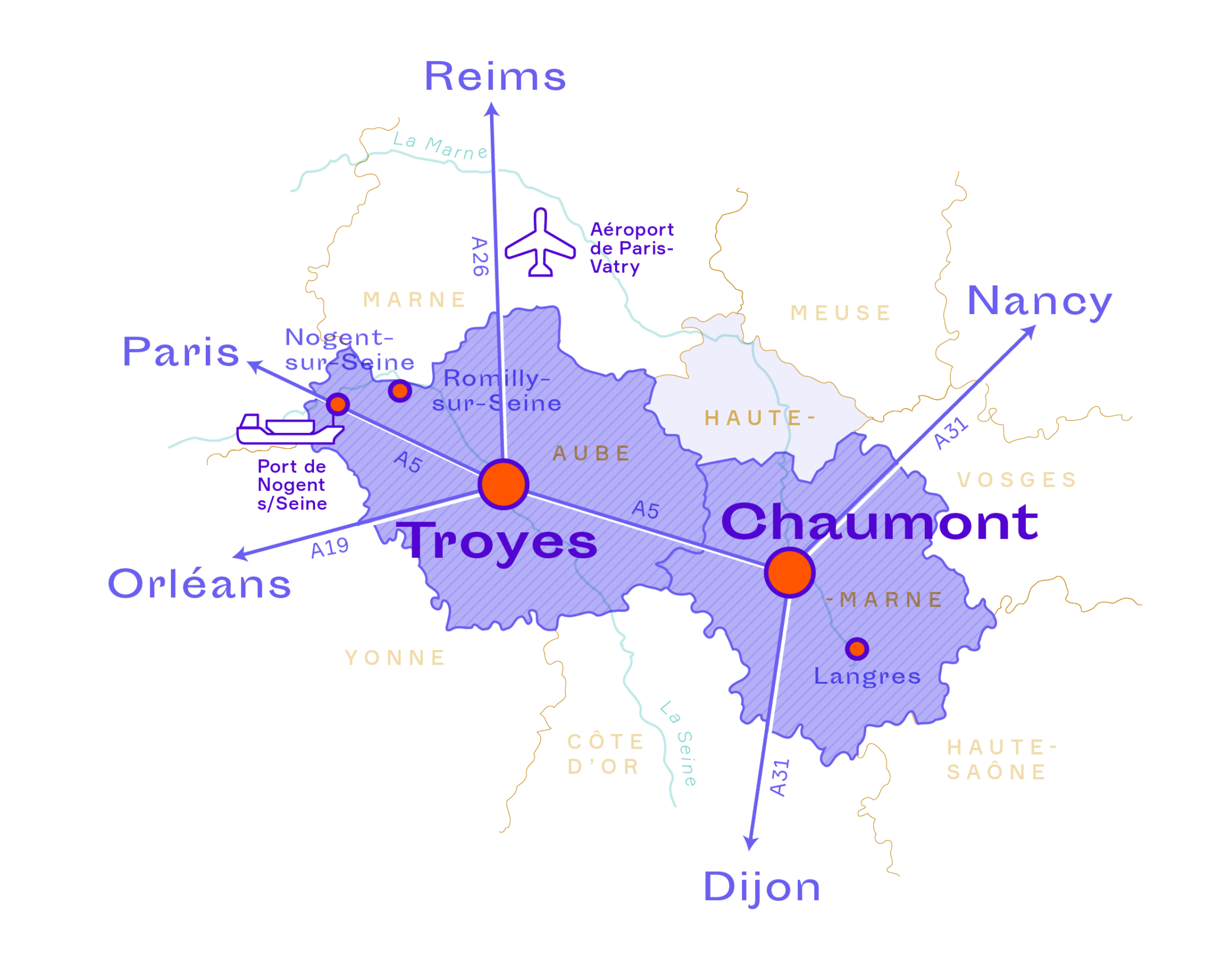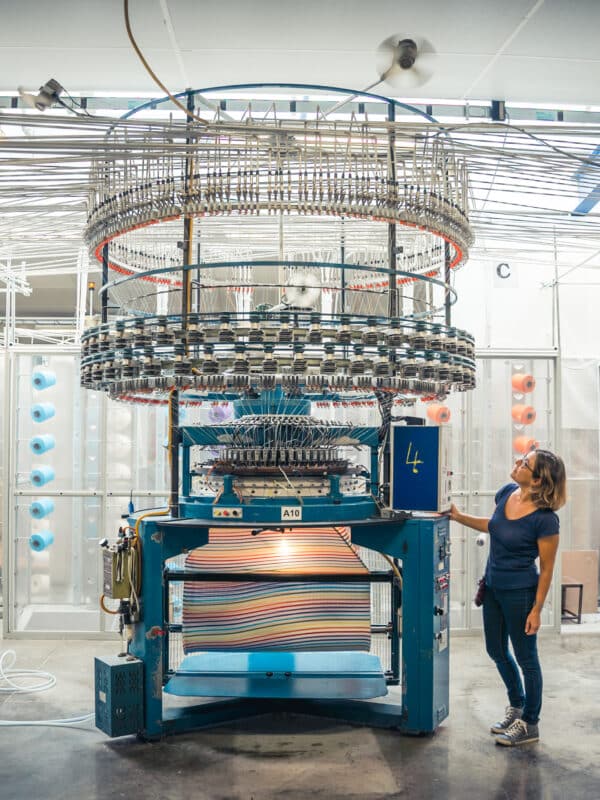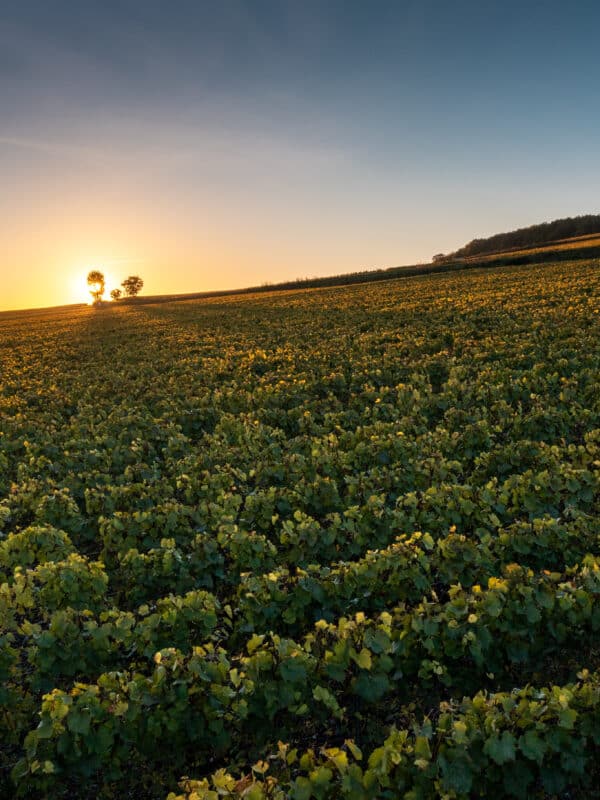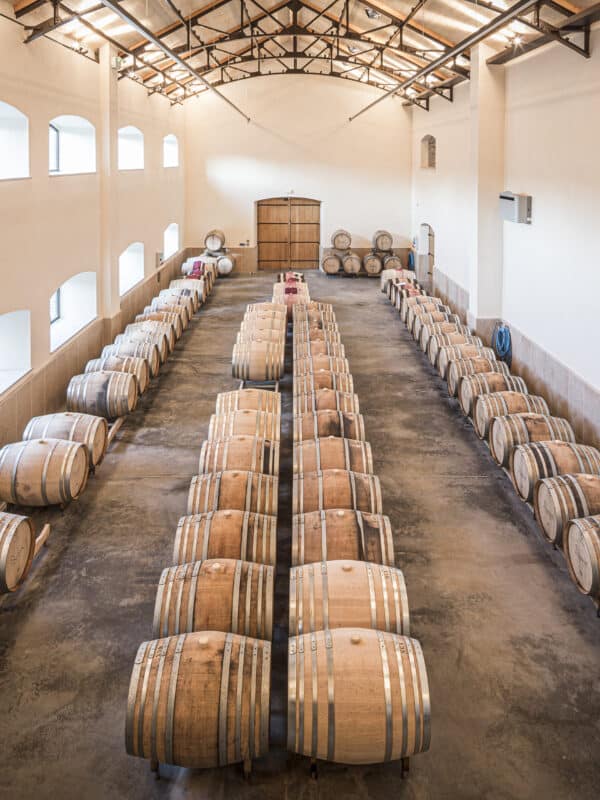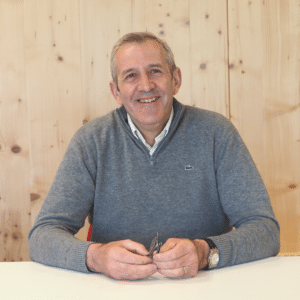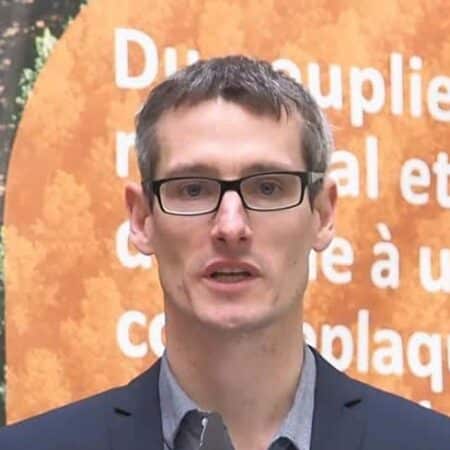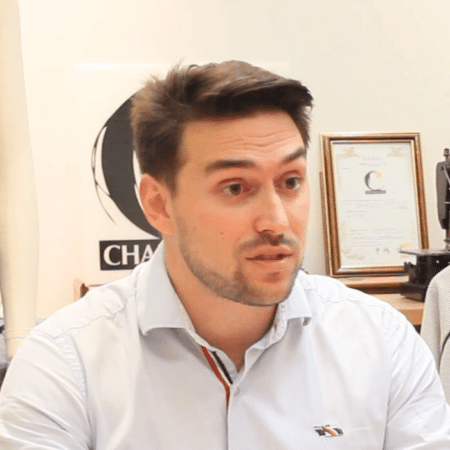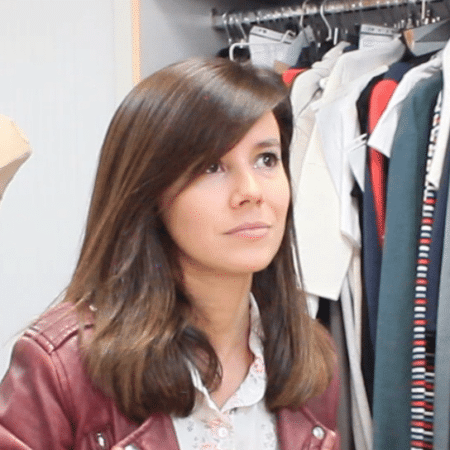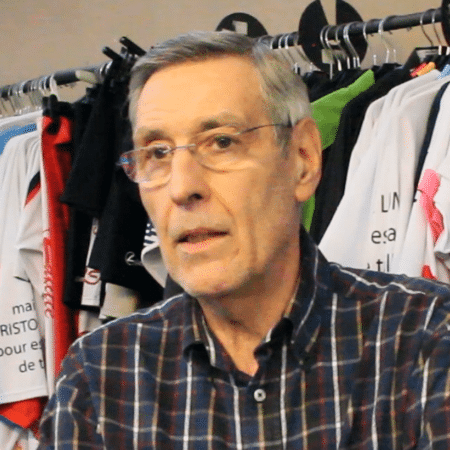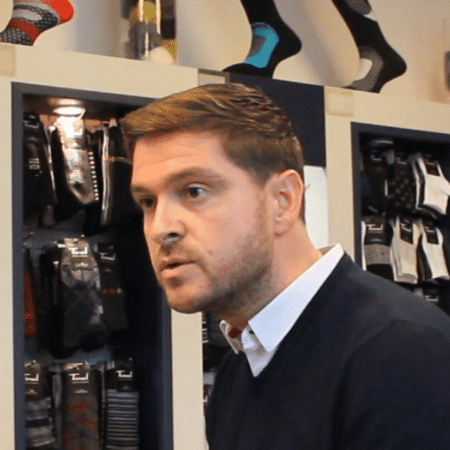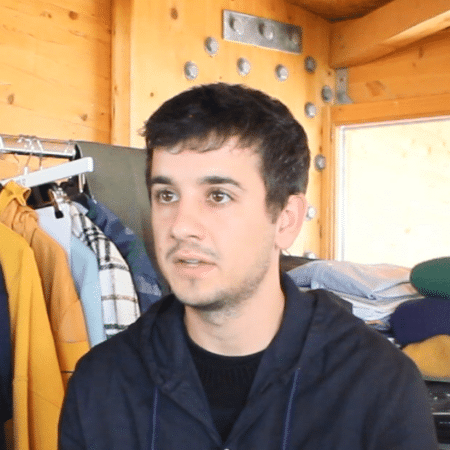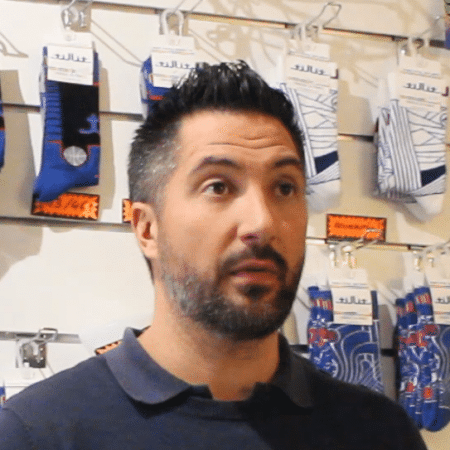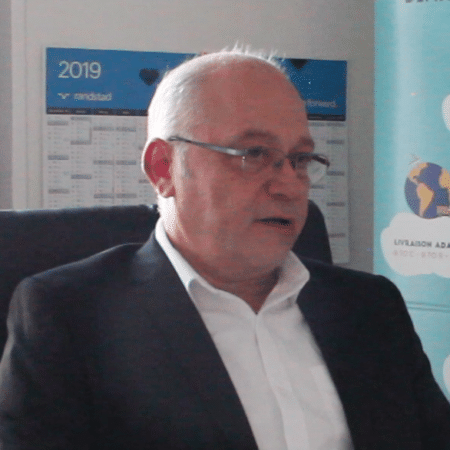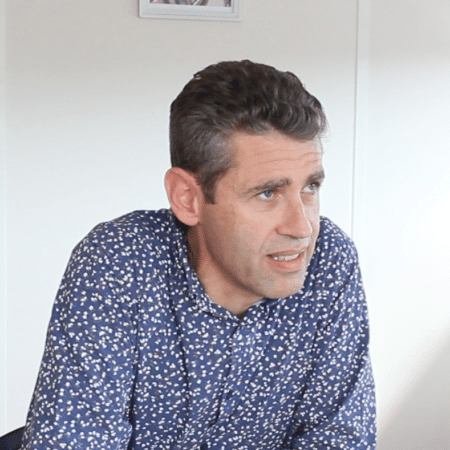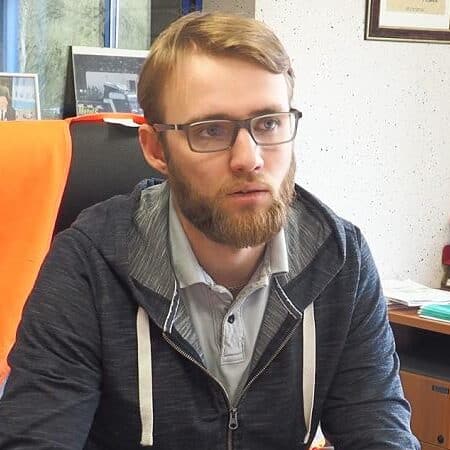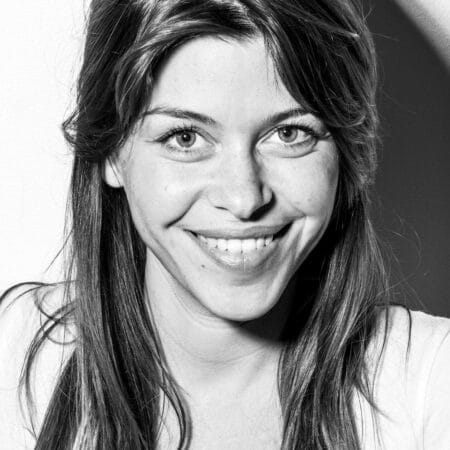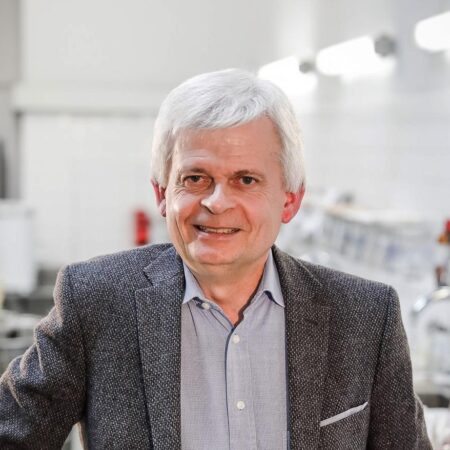Benoit Savourat
Interview with Benoit Savourat – La Chanvrière
Can you introduce yourself briefly?
My name is Benoit Savourat, and I am a farmer in La Louptière-Thénard, a small village in the Aube department near Nogent-sur-Seine. I manage a family farm, which I took over in 1991. On this farm, I cultivate not only hemp but also beets, alfalfa, rapeseed, cereals, and various other crops in rotation.
I have also been an administrator at La Chanvrière cooperative since 1996 and was elected president in 1998, a role I still hold today.
In a few words, how would you describe La Chanvrière and its territorial action?
La Chanvrière cooperative is the oldest hemp processing unit in Europe. It was created in 1973 by a group of 90 farmers who decided to set up a processing tool to extract fiber from the straw and sell it. This processing facility began its story in Bar-sur-Aube and has evolved since then; as of 2021, we bring together more than 500 farmers.
To date, La Chanvrière represents 60% of French hemp and one-third of European hemp. We are therefore the oldest and also the largest production unit in France and Europe. All industrial hemp developments that have emerged in the territory have been either initiated, developed, or conceived by La Chanvrière. I think particularly of the use of hemp shives in animal bedding and in materials. The first house renovated with hemp concrete was in 1987 in Nogent-sur-Seine.
La Chanvrière is also at the origin of the use of hemp fibers in composites as well as hemp oil. We are a company that has grown in volume but has also heavily invested in innovation, research, and the development of new markets.
Why hemp? What are its benefits?
In France, the cultivation of industrial hemp had almost disappeared. If it survived, it’s because we managed to develop regulations that differentiate industrial hemp from cannabis, with very low THC levels, less than 0.2%.
The paper industry also helped maintain and develop hemp production in the region. Hemp then developed in South Champagne rather than elsewhere, simply because here we have a favorable pedoclimatic environment with good soils and a climate that allows the production of quality hemp.
Today, hemp is becoming topical again as we better understand its benefits. First of all, it’s a crop that requires no use of phytosanitary products, no irrigation, and has fertilizer needs two times less than cereals or rapeseed. Hemp therefore meets all societal expectations. Moreover, it’s a crop that can store 15 tons of CO2 per hectare in one year, the equivalent of one hectare of forest.
Can you introduce us to the bioeconomy park in Saint-Lyé?
Historically, La Chanvrière was located in Bar-sur-Aube. However, the cooperative’s board of directors decided to move because the Bar-sur-Aube facility was totally saturated. We therefore decided to increase our processing capacities by setting up a new industrial site in Saint-Lyé near Troyes, which allows us to double our processing capacities to reach 100,000 tons of straw processed per year.
What can you tell us about the dynamic in the Aube region that is forming around Hemp?
In the Aube environment, everything is in place to allow the development of an economy around hemp thanks to a global ecosystem that is being set up. Today we are at the beginning of an adventure that started thanks to Troyes Champagne Métropole, which understood the interest of this sector by helping us create the Collectif Construction Chanvre Grand Est (3C), which carries the European Hemp Hub project.
The Collectif Construction Chanvre Grand Est aims to show the interest of hemp in construction by making this material known to all the actors in the construction value chain: craftsmen, architects, clients, etc.
To go beyond just the building world, we launched in 2018, the European Hemp Hub project which aims to study all the hemp outlets by creating a dynamic around the sector. The Hub thus brings together companies, research centers, training centers, collectives, economic actors, etc.
I think it’s a real asset for the department and also for the Grand Est region to have the European leader in hemp production on their
territory.
What are La Chanvrière’s projects?
Where hemp has the most potential for differentiation is in textiles. That’s our challenge for tomorrow. We have a textile ecosystem already present in the territory with many know-hows that is energizing every day and will allow us to develop the sector with a local fiber that has no environmental impact.
There is also hemp in construction, which we wish to continue to develop. For the future, I trust research centers and engineers to imagine other possibilities, especially with hemp molecules.
Anything can be imagined with hemp. I often use the example of oil, which initially was used only for lighting, heating, and is now present everywhere. For hemp, I think it’s exactly the same thing. Soon, it will be everywhere.
Since 2019, Business Sud Champagne has been mobilizing its resources to support hemp actors. How is your collaboration organized?
Business Sud Champagne was formalized the same day as the inauguration of the European Hemp Hub, and since the beginning, the two entities have collaborated together and have a shared vision. Business Sud Champagne quickly understood the interest of the European Hemp Hub for the territory and managed to seize the first opportunities related to hemp. We have also set up a dedicated cell for the implantation of companies and the development of the hemp sector where BSC brings us all its expertise in economic development.
Regarding La Chanvrière, Business Sud Champagne accompanies us on several files. Part of their work is dedicated to real estate as they help us find opportunities for our old industrial site in Bar-sur-Aube. The mission managers also accompany us on innovation and research to help us energize and perfect our activity.

